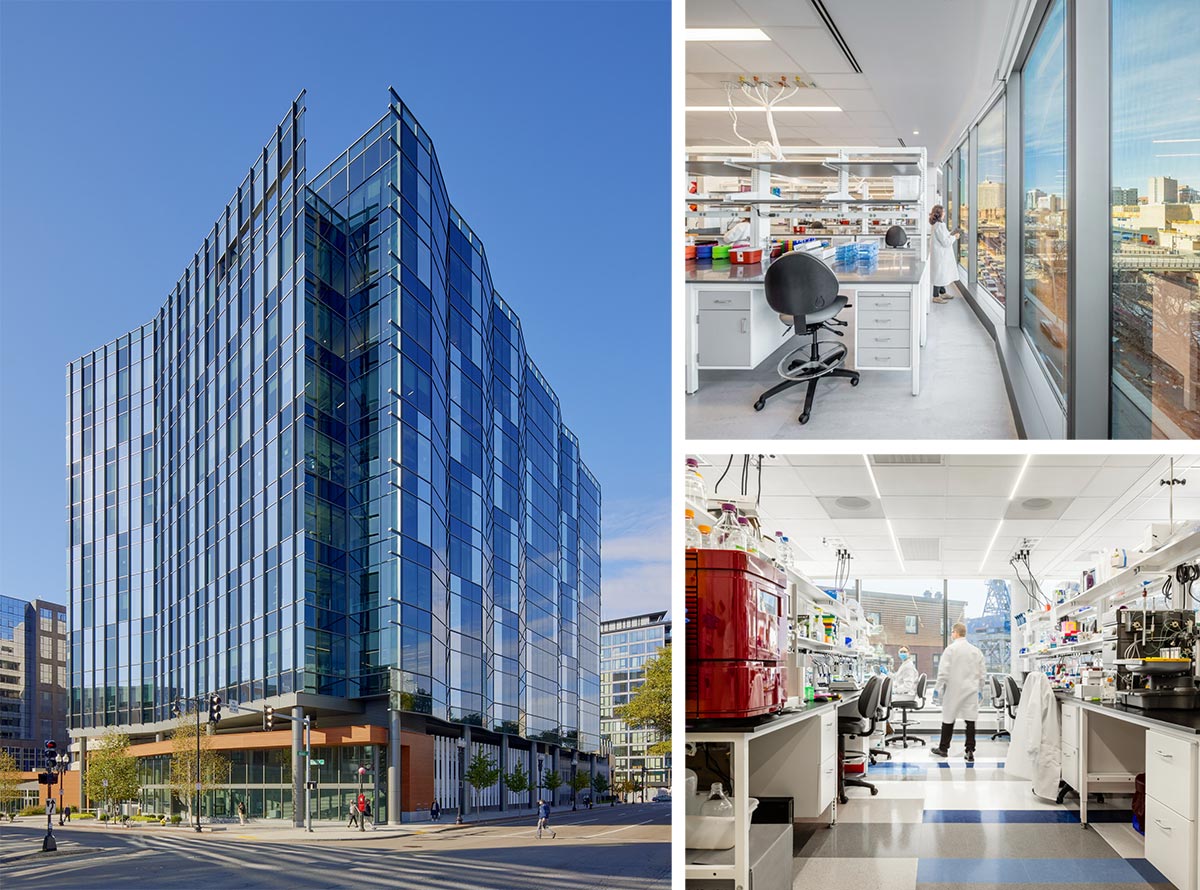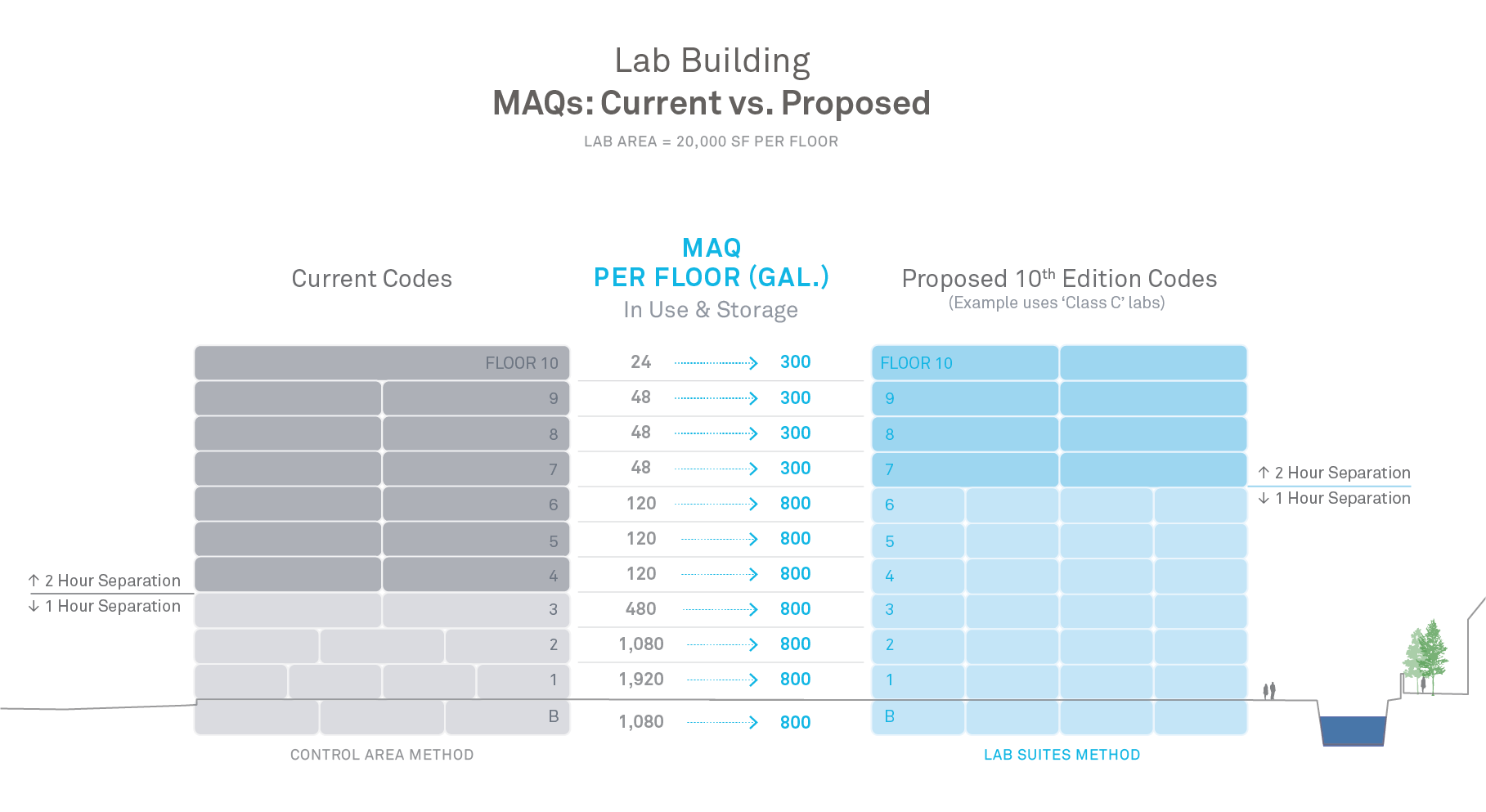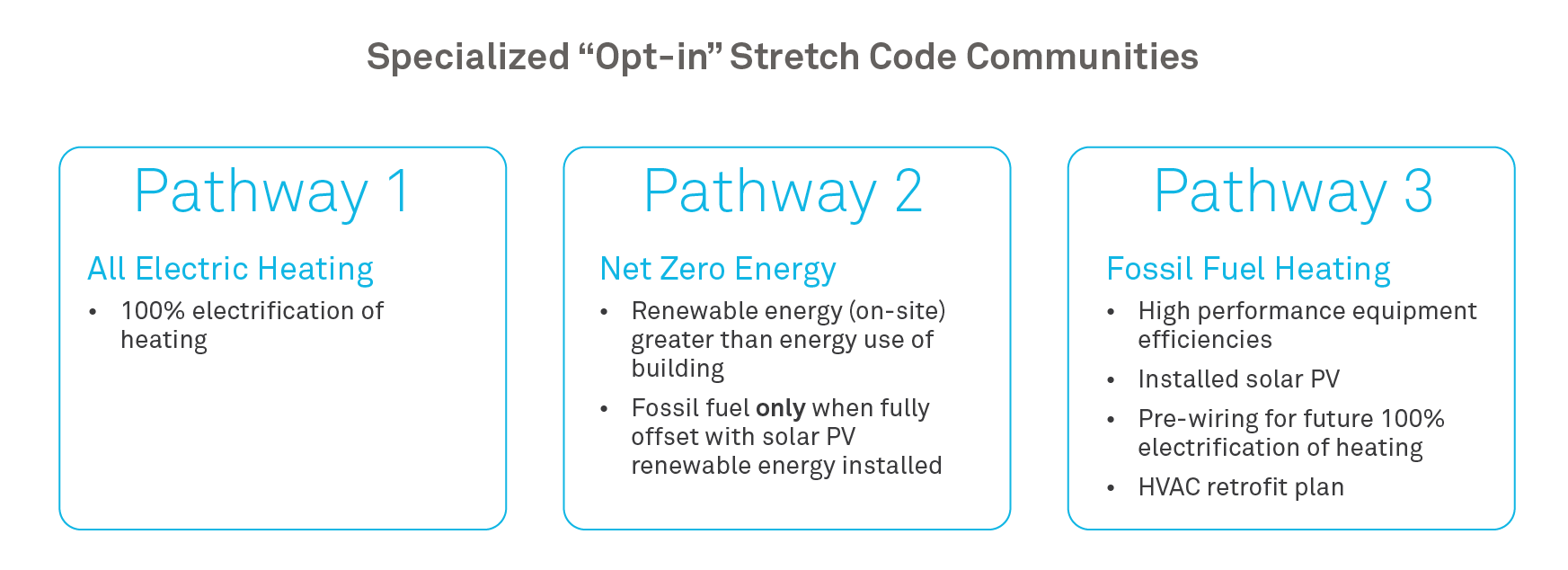Another proposed change is less strict Fire Separation rules for certain kinds of labs. This should give us even more scope to locate labs on higher floors.
Do increased MAQs bring any other benefits?
Absolutely. The building code changes will have a domino effect on our ability to program and stack lab buildings. There will soon be much more choice and flexibility as to what kind of lab spaces can go where.
First, developers will be able to sell lab buildings to a broader market. Conversely, life science companies are more likely to find lab space that fully supports their scientists’ needs. So overall, it’s a win-win.
Second, companies with labs will be much better placed to optimize their workplace strategy. Let’s say you want more interaction between your lab workers and office workers. Instead of cramming all your chemistry labs on the first or second floor, you could now put some of them on the sixth floor and share the rest of the floor space with offices, a café, wellness rooms, collaborative work areas, and so on.
Third, we can be more energy efficient. Until now, we’ve had to locate the most energy-intensive labs on the lowest floors. Sucking all that air from the ground floor to the rooftop calls for an enormous HVAC load. But with more labs on higher floors, that distance shortens, meaning far less energy use. In other words, we can now plan lab buildings according to the most efficient MEP design and not around code planning.
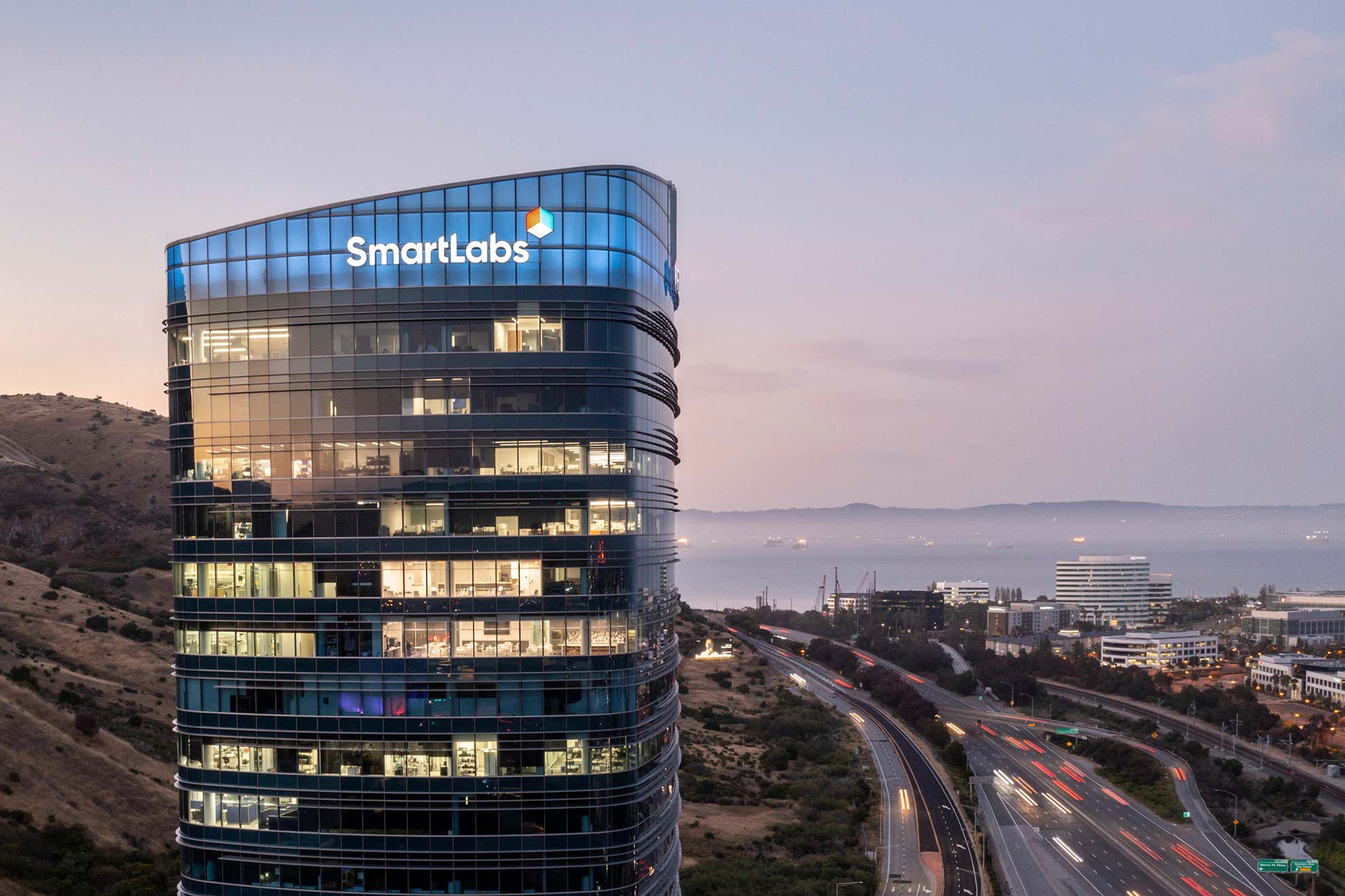
Above: California's MAQ rules allow for labs on much higher building floors.
New Energy Codes
Speaking of sustainability, what do Boston and Cambridge’s carbon reduction goals mean for life science buildings?
It’s going to require some serious preparation. The newest versions of BERDO and BEUDO require all non-residential buildings above a certain size in Boston and Cambridge to have net zero emissions by 2050—or 2035 in Cambridge if your space is 100,000 square feet or above. This goal is particularly hard to achieve for lab buildings, which as we know, use a lot more energy than most other buildings.
The kicker is that these rules apply not just to new projects, but to all existing operations above 20,000 square feet in Boston and 25,000 square feet in Cambridge. Lab tenants must reduce their carbon emissions in five-year increments until they reach carbon neutrality or net zero emissions.
Your emissions targets are set by the city and are measured from a baseline based on your specific operations. Much of the heavy lifting must be done in the first ten years. Cambridge, for example, requires buildings of 100,000 square feet or larger to cut their emissions from 2019 levels by 60% by 2030. For buildings between 25,000 and 99,999 square feet, the cut is 40%.
If you fail to meet your carbon emissions targets for the year, and/or fail to report and verify your energy use by your deadline, you will be fined every day until it’s fixed. Combined fines can be as high as $900 a day in Cambridge and $1,300 a day in Boston.
Who pays—the owner or the tenant?
If your building is owned by a developer or landlord, they will likely pass down the cost of the fine to you, the tenant. If you share a building with other tenants, you may be able to share the burden, provided you all use the same core-and-shell MEP systems. Either way, I doubt any life science company or university in Boston will be happy shelling out up to hundreds of thousands of dollars a year in penalties.
What can lab owners and tenants do to meet BERDO and BEUDO carbon reduction targets?
The latest codes prioritize the building envelope like never before. However, the biggest sustainability challenge for lab buildings remains the extremely high air-change rates needed to protect researchers while performing certain types of science.
For new lab buildings, the first step is to design a building envelope with maximum airtightness and thermal performance. Your building should be oriented for optimal solar heating and cooling. It should be designed with highly efficient primary mechanical systems. And it should include on-site power generation such as solar panels on rooftops and parking areas.
For existing lab buildings and fit outs, the pathway is narrower. Priorities include retrofitting the building’s MEP systems to enhance energy efficiency, as well as finding a way to generate renewable energy. For the existing building envelope, there may be ways to improve its efficiency without compromising the long-term durability of historic materials. If these remedies fall short, you may need to consider moving to a more energy-efficient building.
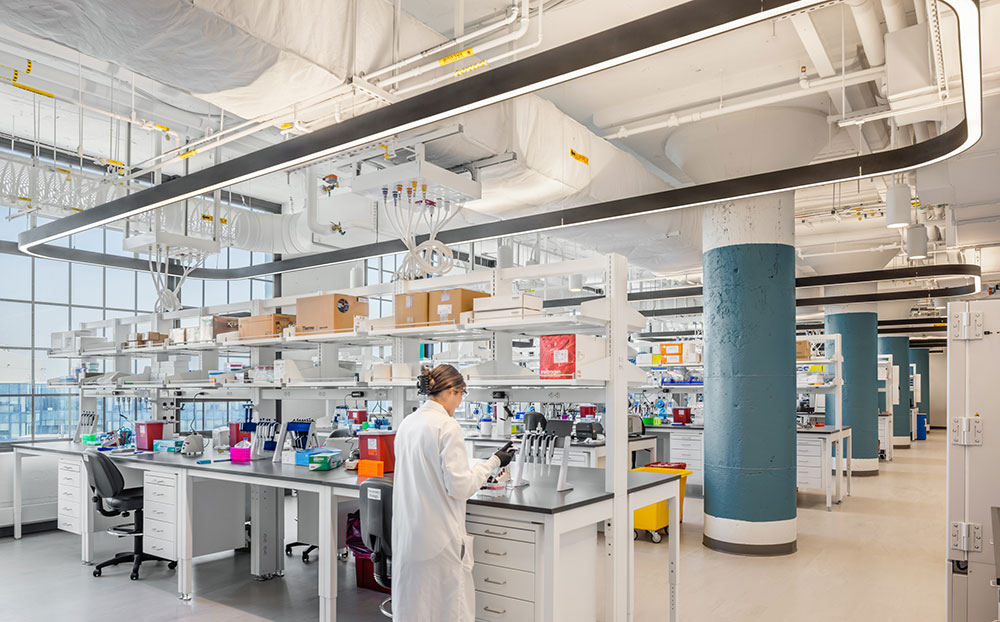
Above: Entrada Therapeutics in Boston. SMMA's fit out design included retrofitting the MEP systems in a 100-year-old building.
Are there alternative ways to comply?
The BERDO and BUEDO codes leave some wiggle room in the form of hardship plans, carbon offsets (“Green Power”), and renewable energy purchases.
But ultimately, the only way to guarantee compliance in the long term is to find a sustainable design solution—one based on carbon reduction goals and climate resiliency as part of a building’s operations.
Statewide, what should people know about the new Massachusetts energy codes?
The impacts will depend on your location. The stretch energy codes require new lab buildings or lab fit outs to meet high levels of energy efficiency, as well as some level of electrification of heating systems.
Around 80% of communities in Massachusetts have adopted the new Stretch Energy Code, which came into force in 2023. But 33 communities, including many in the Greater Boston area, have also opted in to a more restrictive set of rules called the Specialized Stretch Energy Code.
Most new lab projects in Massachusetts will be bound to the “Specialized code”. This mainly builds on the standard stretch code, with an extra focus on heating electrification and renewable energy. There’s a lot of confusion around this code—we’re often asked if it applies to existing buildings as well. The answer is “no”. Only new lab building projects will fall under scrutiny.
The Specialized Stretch Energy Code presents three “pathways” (see below) for new lab projects to meet the state’s carbon neutral 2050 targets. The first option is to use all-electric heating. The second is to design a net zero building, which includes installing renewable energy to offset the building’s fossil fuel use. And the third uses fossil fuel heating with a host of caveats: pre-wiring your building for future 100% electrification, installing renewable energy systems to offset the building’s fossil fuel use, and installing high-performance HVAC equipment.

